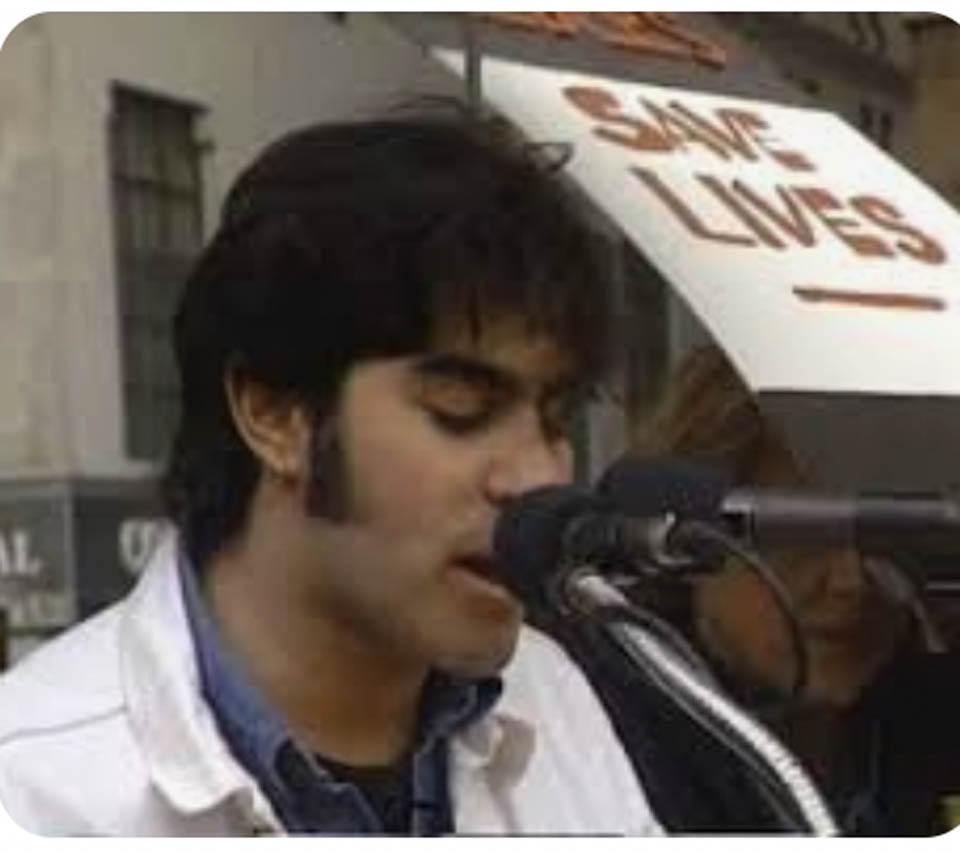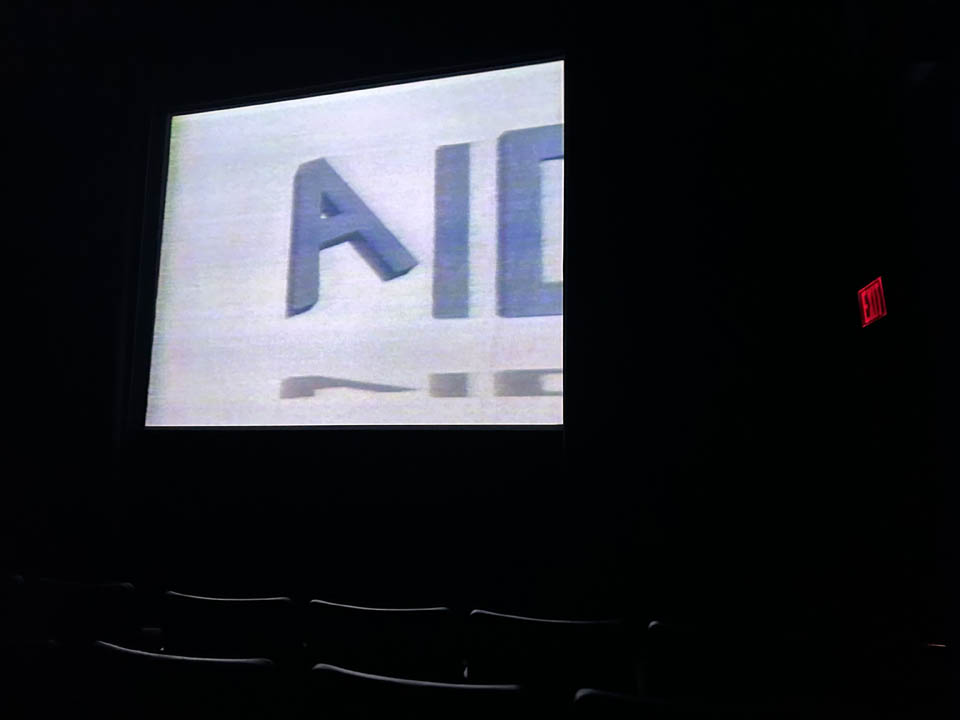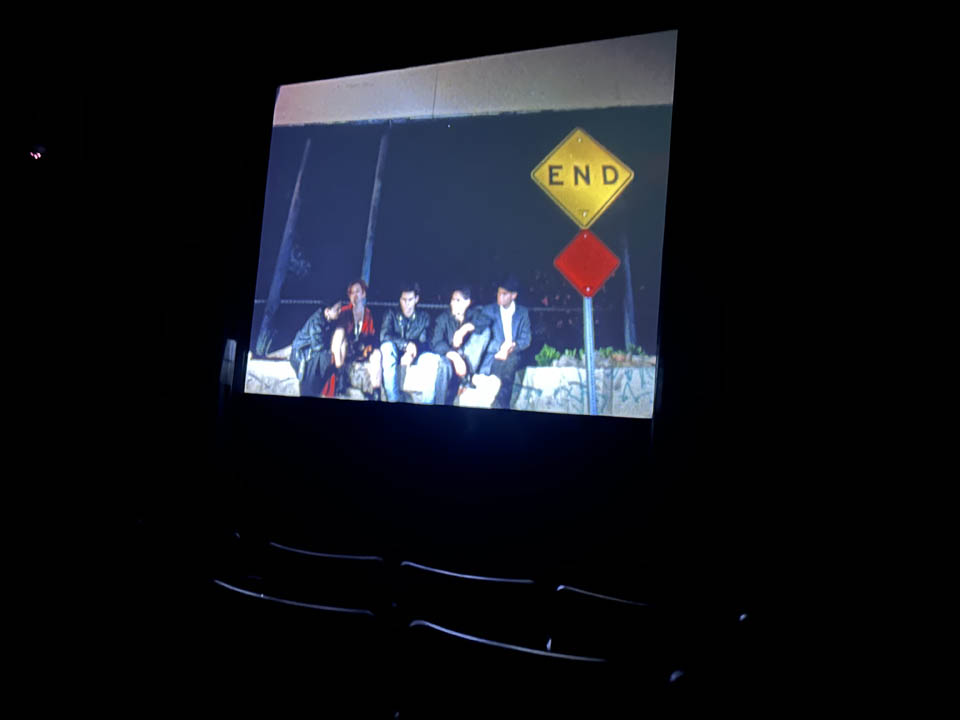Last night, I saw an ingenious and moving double bill at BAM: Tom Kalin’s they are lost to vision altogether (1989) and Gregg Araki’s Totally Fucked Up (1993), one pairing from a smart (and timely yet dated) series OUTRAGE: Movies and the Culture Wars, 1987-1996 programmed by Paul Dallas. I had also gone to see On the Campaign Trail with Joan Jett Blakk (Glenn Belverio, 1992) and Fast Trip, Long Drop (Gregg Bordowitz, 1993) a few nights earlier. Both nights were inspiring resurrections of gay male media makers’ real-time wrestling with the existential threats of homophobia, racism, and AIDS. These films made in the face of cultural violence and erasure are fundamental viewing from what my co-author Ted Kerr and I call the time of “AIDS Crisis Culture,” when an outpouring of self- and community- and artistic- and activist-representation, growing in power as they spoke contemporaneously and in conversation, changed the meanings and lived experiences of AIDS. To screen them now, as an election crisis co-mingles with the ongoing COVID and AIDS pandemics, is to suggest that the powerful approaches of gay male and trans AIDS culture are of use now: these artists’ unique but inter-connected approaches to style, camp, intellect, beauty, struggle, and yes, outrage.
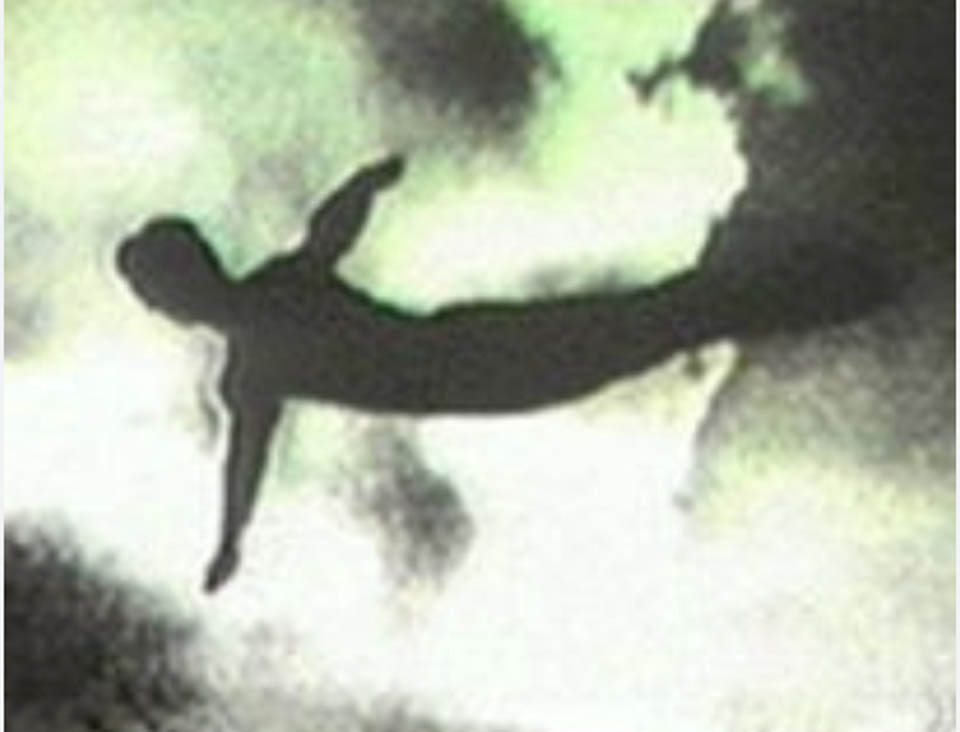
If I was tweeting about this (I’m no longer on X), I suppose I’d post some shots of the screen, taken for that purpose, maybe with a wry aside, something like: “The AIDS Crisis is not over.”
But I never actually used X in that way: to assert the briefest of digital marks of one’s place in time, signalling taste, and signed with some attempt at a signature snippet. I was a bad Xer, tho.
On Instagram, I’d try somewhat foolishly to make those snaps into squares, and add a few more words, much like the ones I began with (identifying the place and people whose work I’m passing on) and then adding a few more words in the space provided:
Decades before cancel culture and trigger warnings, the battle over who can say what in public exploded in the media during the late 80s and 90s. As the AIDS crisis raged, American conservatives targeted provocative artists and stoked moral outrage in an effort to end federal arts funding and erode public trust in liberal institutions. This backlash against civil rights and free speech became known as the Culture Wars. –Paul Dallas
Such a post also seeks to cement my presence in, and support of, a glimmer of (counter) culture, that without my representational labor is (mis)understood to be “lost to vision” (that is to go otherwise too little seen: my attendance; this screening; these films; this moment; my being; my commitments). We aren’t lost if we capture and share? Then, of course, I’d try to tag all those people named above—living artists and curators who I admire enough to go to a screening at a theater to see—but also thereby linking myself to them, feebly, while ostensibly “promoting” their work. But, I’m bad at Instagram, too.
Instead, for a second day in a row, I’m blogging about it, self-reflexively after five years not, to think about and practice digital modes of communication given how loss, vision, outrage, and affiliation, about AIDS and more, change over time and as dependent on tech.
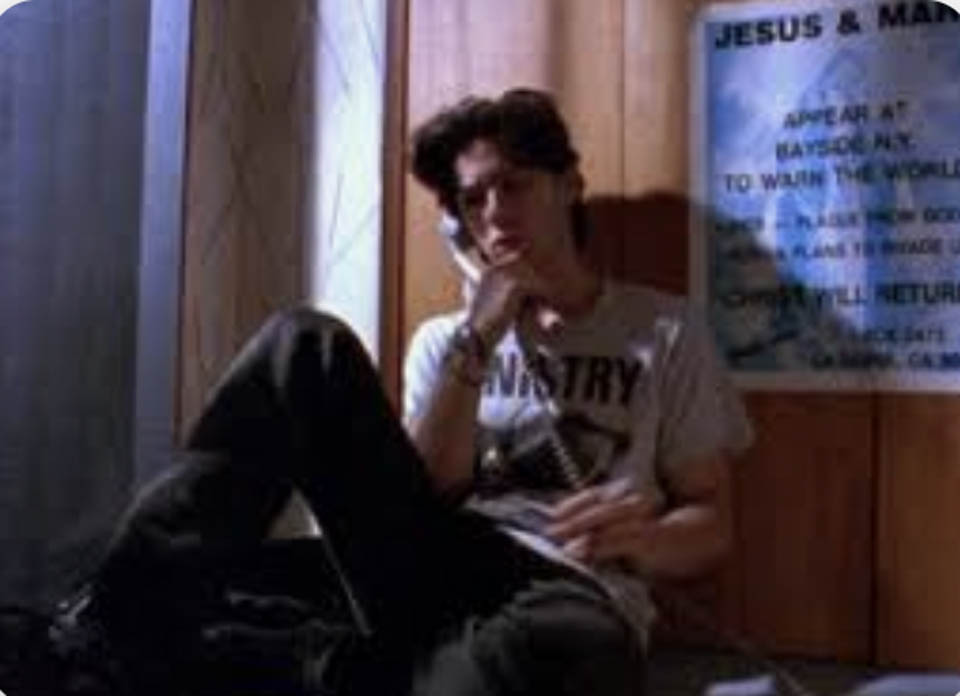
Land lines and wristwatches are dated but still ticking handheld technologies with a use that is lost to vision and time altogether even as they hold time and we hold them. We cradle and consider them in the moment; what we said or learned doesn’t adhere to the tech and stays nowhere but in us (even as it most likely doesn’t). However, when artists use technologies to extend their efforts beyond an understandable (algorithymically enforced) but also base self-preservation and often promotion and instead engage with extended and crafted expressions about, say, a Black trans woman’s 1992 presidential bid (On the Campaign Trail), or the US gay male community’s expressions about annihilation, desperation, beauty, and power in the face of a then untreatable HIV (Fast Trip; they are; Totally), then different sorts of rifts are rent into culture’s fabric.
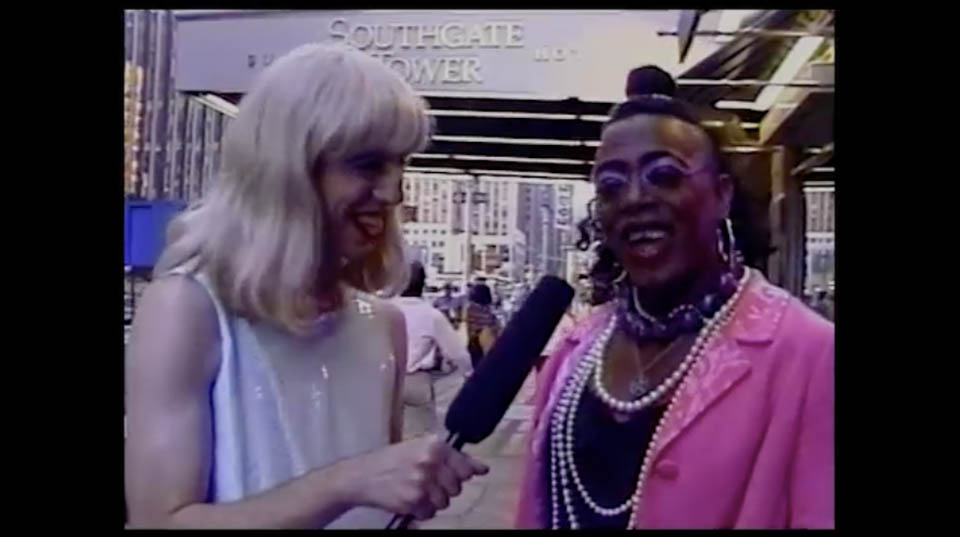
My words sound techno-deterministic, nostalgic, and needlessly preachy. I can feel all this as I type them. But this is neither my point, nor my tone. Proven, I think, by the technologies I am currently using as I type on a laptop and into a blog. It isn’t the machine or platform that matters (ungainly camcorder, even larger microphone, or gramophone, kinetograph), these are exchangeable and themselves expendable.
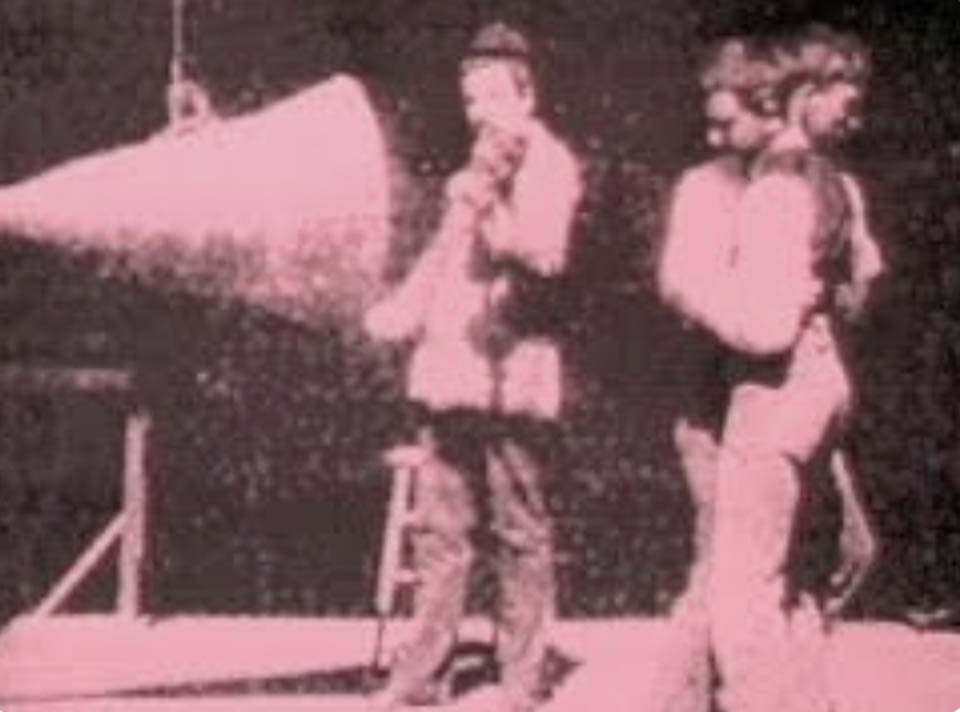
Rather, given the return of the mad King, I am trying to reckon with the artist’s and critic’s role in outrage and response (as is Dallas now; as were my esteemed contemporaries in the ’90s), given an impending loss of civil and expressive rights. It is neither the cinema, video, the microphone nor the blog that I champion, but rather the use of extended and connected, situated expression to fight for, stay alive in, and be present for the people who we love. It takes time, and I’d admit some associated vulnerability, to write a blog post, make a movie, give a speech, call a friend. And it turns out that the friends and family, the lives we lost (and lose) to AIDS (and COVID, and genocide), are not gone from vision altogether. This is not exactly because someone took an image of them with a camera or recorded snippets of their voice, but more so that someone else then made the effort to craft that into a durational and off-app expression, in deep conversation with others like it; and someone else, with effort I know, put that again on a wall in a movie theater; and then others became the audience together, as I put them on this screen here asking you to be in community for a few moments. All of this in hopes of building more enduring links that we can use in struggle.
